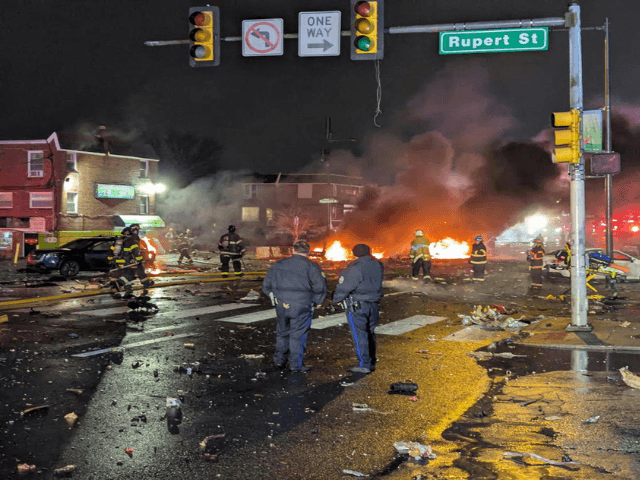Phoenix experienced a brief respite from the relentless heatwave that has gripped the city throughout July, thanks to the season's first major monsoon storm. The storm, which hit Wednesday night, brought strong winds exceeding 60 mph, causing damage to manufactured homes in Mesa and even lifting the roof of a small apartment building. This powerful weather system also brought much-needed rainfall, some areas receiving their first measurable precipitation since March, and pushed overnight temperatures below 90 degrees Fahrenheit for the first time in 16 days.
While the storm provided some relief, the heatwave is not over yet, according to meteorologist Tom Frieders of the National Weather Service in Phoenix. He anticipates continued high temperatures, but with a gradual cooling trend beginning after Saturday. The Wednesday night storm delivered heavy dust, lightning, and rainfall ranging from 0.25 to 1 inch in various locations, as reported by the Maricopa County Flood Control District. Although no injuries were reported, the storm caused power outages due to downed utility poles and toppled numerous trees throughout the region.
Despite the storm, an excessive heat warning remains in effect for Phoenix until Saturday night. Thursday's high is predicted to reach 115 degrees Fahrenheit, and temperatures are expected to stay above 110 degrees Fahrenheit at least through Sunday. A slight drop to 108 degrees Fahrenheit is forecasted for Monday.

Scattered thunderstorms are anticipated across south-central Arizona for the remainder of the week, bringing localized downpours and blowing dust that could impact visibility. The potential for hazardous thunderstorm activity is expected to increase over the weekend and into the following week. Until then, the extreme heat continues to pose a significant danger.
Heat-related deaths have been on the rise in recent weeks, with seven more confirmed fatalities in Maricopa County (which includes Phoenix) as of Saturday, bringing the year's total to 25. Last year, the county, with a population of nearly 4.5 million, recorded 425 confirmed heat-associated deaths.








